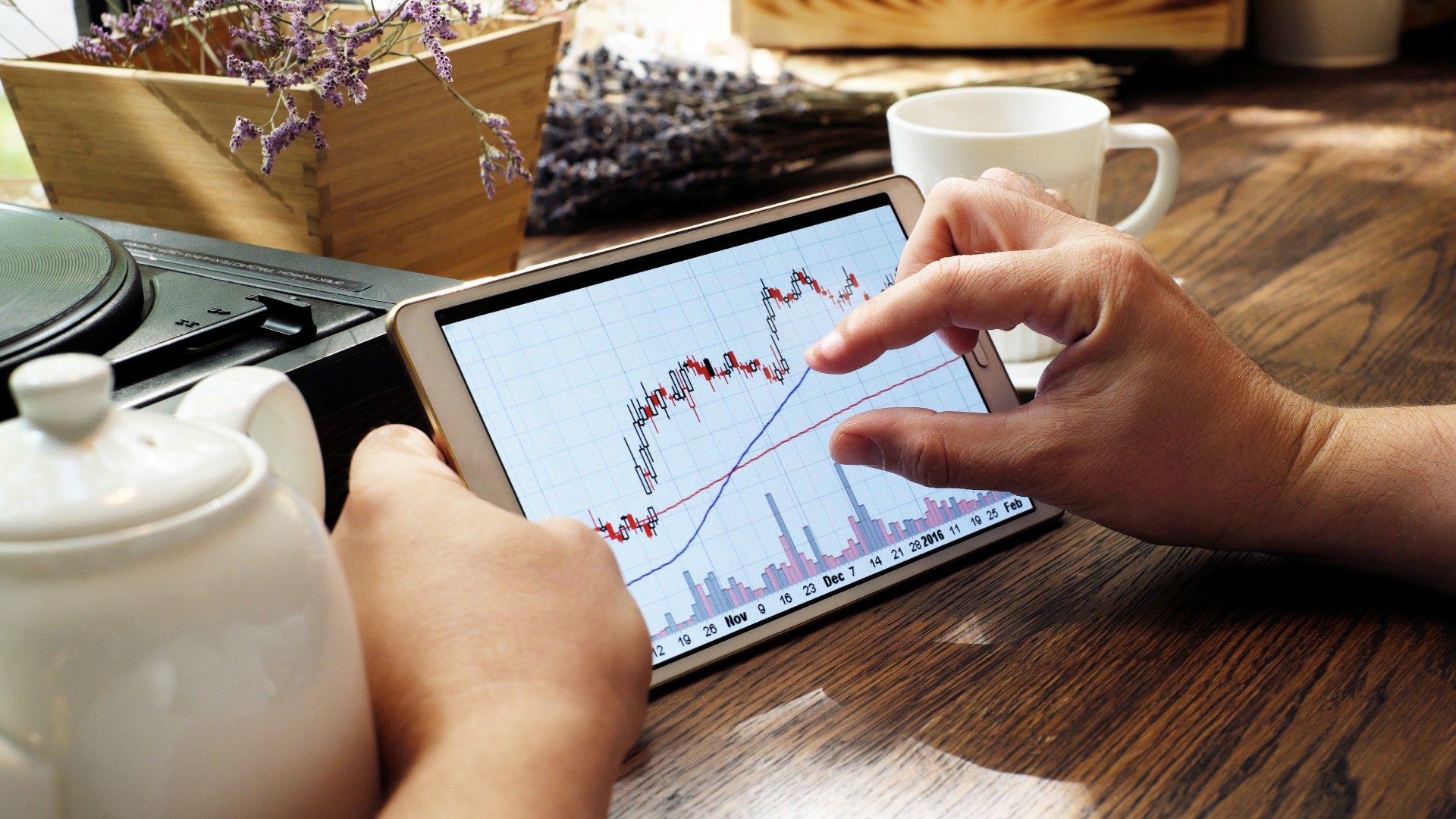Australia’s New Tech Index: A Local Version of the NASDAQ?
Published 24 July 2020
By Dr Peter J Phillips, Associate Professor (Finance & Banking) University of Southern Queensland


In the daily news, we often hear reports about the ups and downs of America’s ‘tech heavy’ NASDAQ. What is this exactly? ‘NASDAQ’ stands for National Association of Securities Dealers Automated Quotations. It is an American stock exchange that has no physical trading floor, unlike its counterpart, the New York Stock Exchange (NYSE) with its famous scenes of traders yelling and jostling. At the NASDAQ, trading is fully electronic. Indeed, the NASDAQ was the world’s first fully electronic stock exchange when it began operating in 1971.
The ‘tech heavy’ NASDAQ referred to on the news is the NASDAQ stock exchange’s flagship stock market index: the NASDAQ Composite Index. This is an index of more than 3,000 stocks. By ‘tech heavy’, we mean that the shares of technology companies make up a good proportion of the 3,000 stocks in the NASDAQ Composite Index. Over the past three or four decades tech companies have become a prominent feature of the economic landscape and many of those tech companies were too small to list on the ‘Big Board’ (the nickname for the NYSE) when they first started out. As such, tech companies seeking to raise capital by listing on an exchange gravitated towards the NASDAQ. Along with lots and lots of small companies, NASDAQ is home to giants such as Microsoft, Apple, Google, Cisco, Amazon and Facebook.
The choice of companies on offer in America is enough to make the Australian investor green with envy. Of course, Australians can invest directly or indirectly in these stocks and many, many Australians have a piece of the action through their superannuation fund. But wouldn’t it be nice to have some local tech companies to invest in?
Unfortunately, Australia’s information technology sector has traditionally been very small. Tech still only contributes around 5% to Australia’s national income (gross domestic product) and it’s still only the eighth largest sector represented on the Australian Securities Exchange (ASX). But there are now 200 tech stocks big enough to be listed on the ASX with a total market value of more than $100 billion and there are strong signs of growth. Given this, Standard & Poors (S&P) and the ASX decided to launch the S&P/ASX All Technology Index (XTX). Some commentators have dubbed this the ‘OZ-DAQ’.
The XTX started trading in February 2020 with 46 tech stocks making up the index. On Monday February 24, the XTX opened at 2,000 points but the Covid-19 pandemic was about to hit and the XTX fell continuously over the next month, closing at 1,171 points on March 23. Not a good start! In its first month, the XTX was down by almost 50 percent. In the financial markets, though, it’s never over till it’s over. Investors who held their nerve were rewarded as the XTX recovered all of its losses by mid-May and by mid-July 2020 the index was showing good gains.
Whatever ups and downs the future may hold, the formation of the XTX is a positive sign for Australian investors and the Australian economy. Historically, Australia has been too reliant on mining, agriculture and banking and, of course, a vulnerable services sector was badly exposed during the coronavirus pandemic. A strong tech sector will help Australia to grow and diversify its economy and a dedicated tech stock index provides opportunities for companies and investors alike.
When we looked at the portfolios of a bunch of self-managed superannuation funds (SMSFs) back in the mid-2000s, their diversification was atrocious. Much of this was due to poor portfolio construction but some part of it at least was due to limited choices. Today, an SMSF can include a nice selection of local tech companies in its portfolio. This was something that was just a dream a decade or two ago.
Discussion Question
If you have the time, track the XTX over a few weeks. Is it more volatile than the ASX200? What are the advantages of having a local tech index?
Further Reading
In Chapter 6 of the textbook, we discuss stock market indexes. Stock market indexes can be used in different ways. One reason why the XTX is a welcome addition to the Australian financial markets landscape is that it can be used as a performance benchmark for tech heavy portfolios. If a tech heavy portfolio scores a 10% p.a. return next year, is that good or bad? Fund managers answer this question by comparing their performance to the benchmark index. If the XTX fell by 5%, then a 10% positive return is great. But if the XTX rose by 20%, a 10% return will be viewed unfavourably.
Read other posts
Financial Literacy: The Road Out of Financial Anxiety
Supply and Demand: The Case of the Australian Dollar
The Sad and Sorry Tale of AMP Limited
People Are Afraid to Let Their Winners Run
Finding Warren Buffet & a Cool Head in a Crisis
Self-Managed Superannuation Funds: Cash Kings?
From Zero to $100 Billion in Sixty Seconds
Simple Maths, Long Term Damage
Are Share Prices Too Volatile?
If My Super Fund Performed Poorly, I’d Change… But I Don’t Remember It Performing Poorly
My Portfolio Might Be Up 10%, But that's A Loss!
